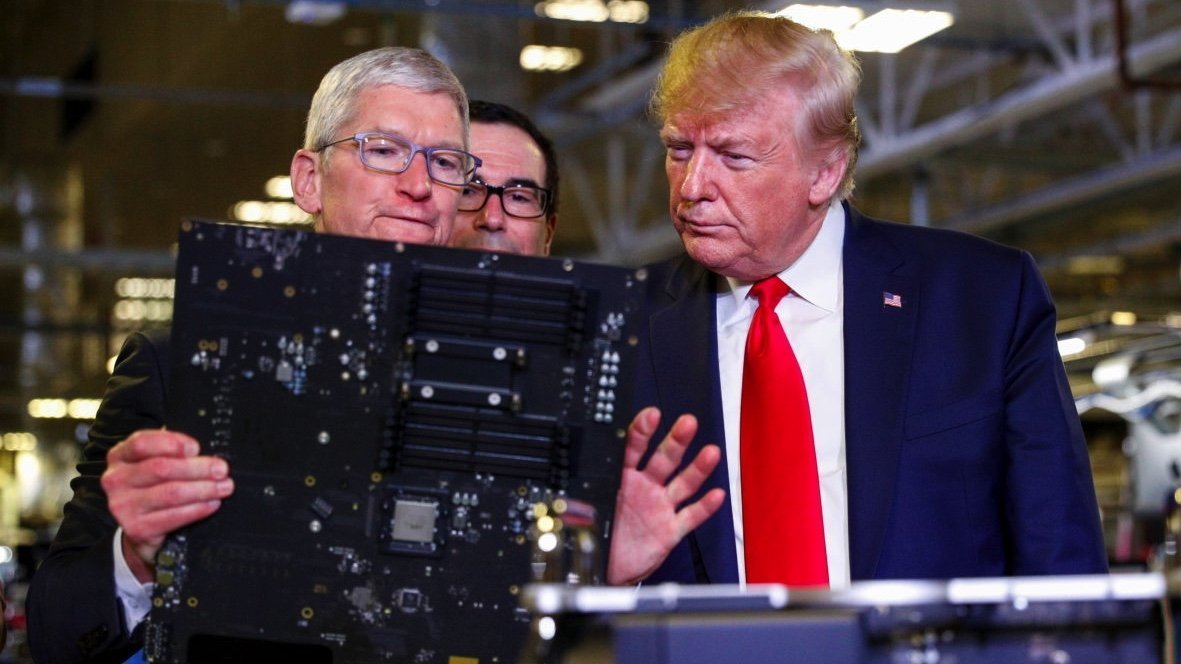Estimating the cost to Apple of paying President Trump’s import tariffs, and estimating how price changes could affect sales, the Bank of America believes that only a 9% price rise for the iPhone and all other devices, would prevent losses.
It’s a fiction that other countries will pay tariffs, as instead all such costs will always be borne by US companies. In the case of Apple, it has previously earned an exemption — though not consistently — and it has tried to reduce the impact of tariffs by moving manufacturing to different countries.
According to CNBC, this time that spreading of the manufacturing around various locations is not going to help. Bank of America now estimates that whatever Apple does with manufacturing, and wherever it does it, the company will face a minimum of a 10% tariff.
In the short term, Apple could absorb that cost and may well chose to rather than raise prices. Once a customer goes to Android because of the price, it is that much harder to get them back to the iPhone.
Should Apple simply pay the tariffs and take that hit itself, the Bank of America calculates that it would face a loss of 26 cents in earnings per share. That equates to a drop of around 3% across calendar year 2026.
One option is for Apple to increase prices, but not enough to cover its tariff costs. Bank of America says that if, for instance, it raised prices by 3%, that would mean a 2.4% slide and a per-share earnings drop of 21 cents.
The calculation is based on both the tariffs expected to affect goods or components made in various countries, and an estimate of how higher prices would mean lower sales.
If Apple passes on its increased costs to buyers, and sales decrease, Bank of America estimates that the company would need to raise prices by 9%.
As yet, it’s not known what Apple will do, beyond presumably continuing to lobby for exemptions. But Bank of America analyst Wamsi Mohan says that the tariffs seem “manageable.”





